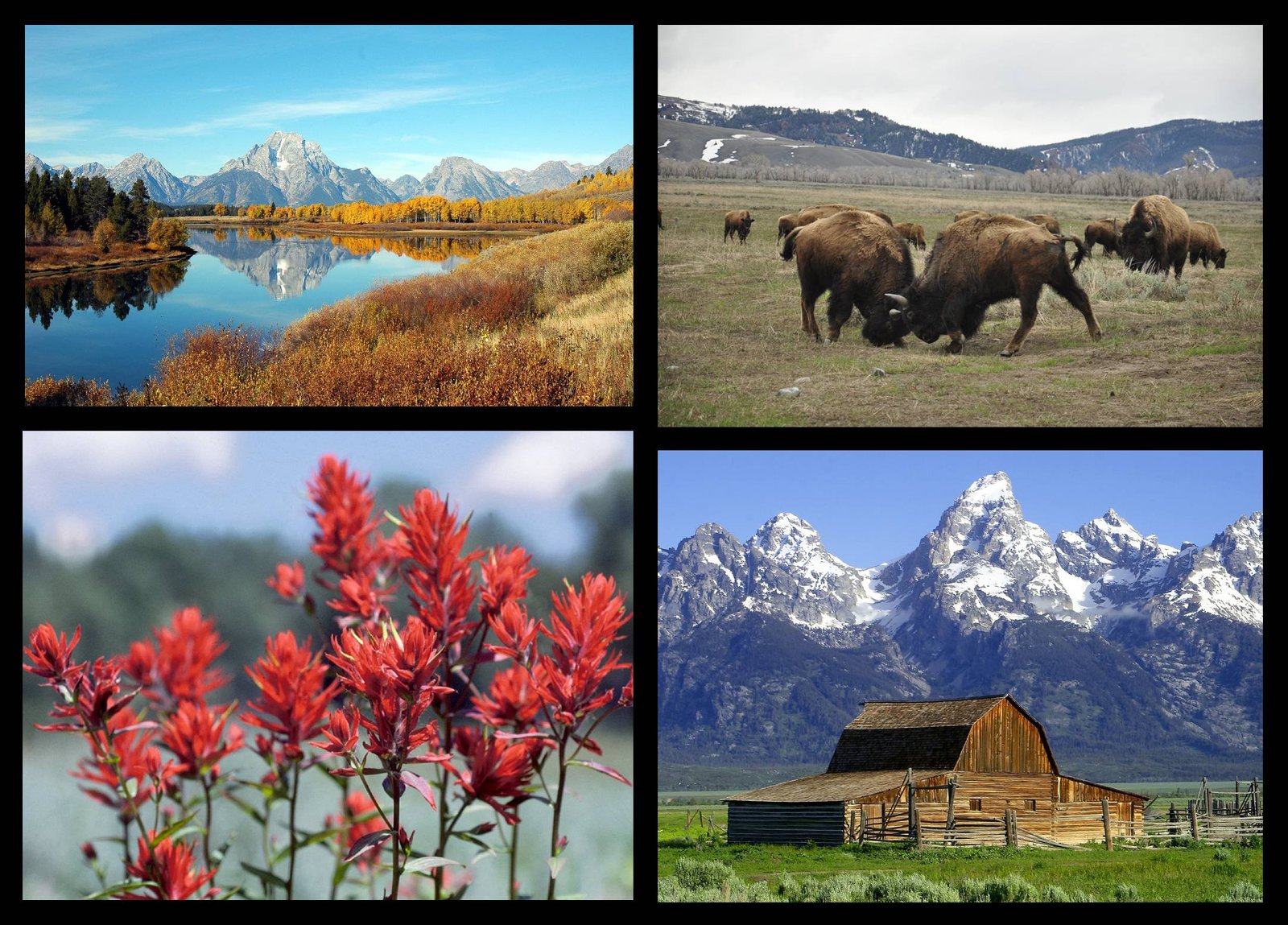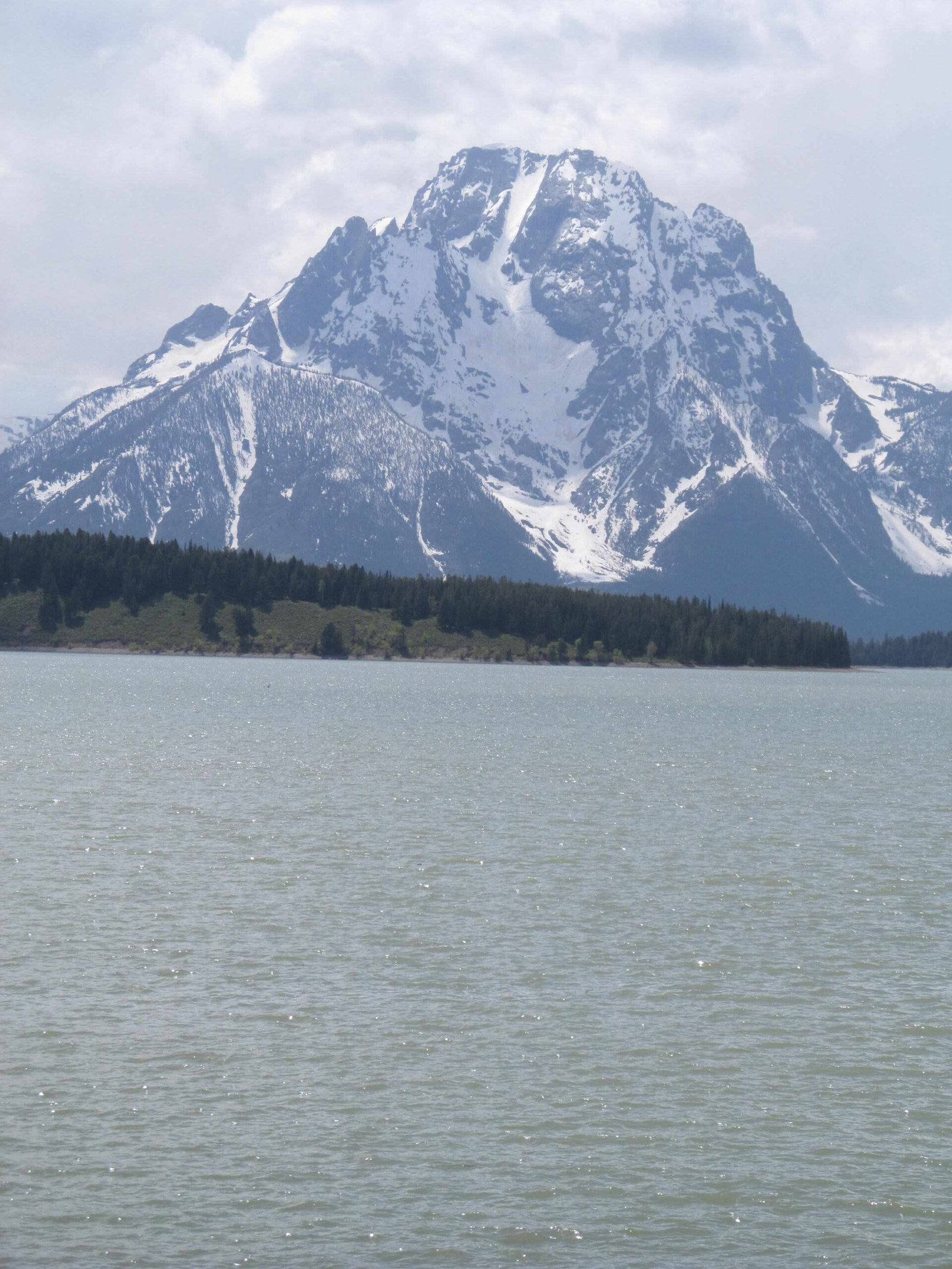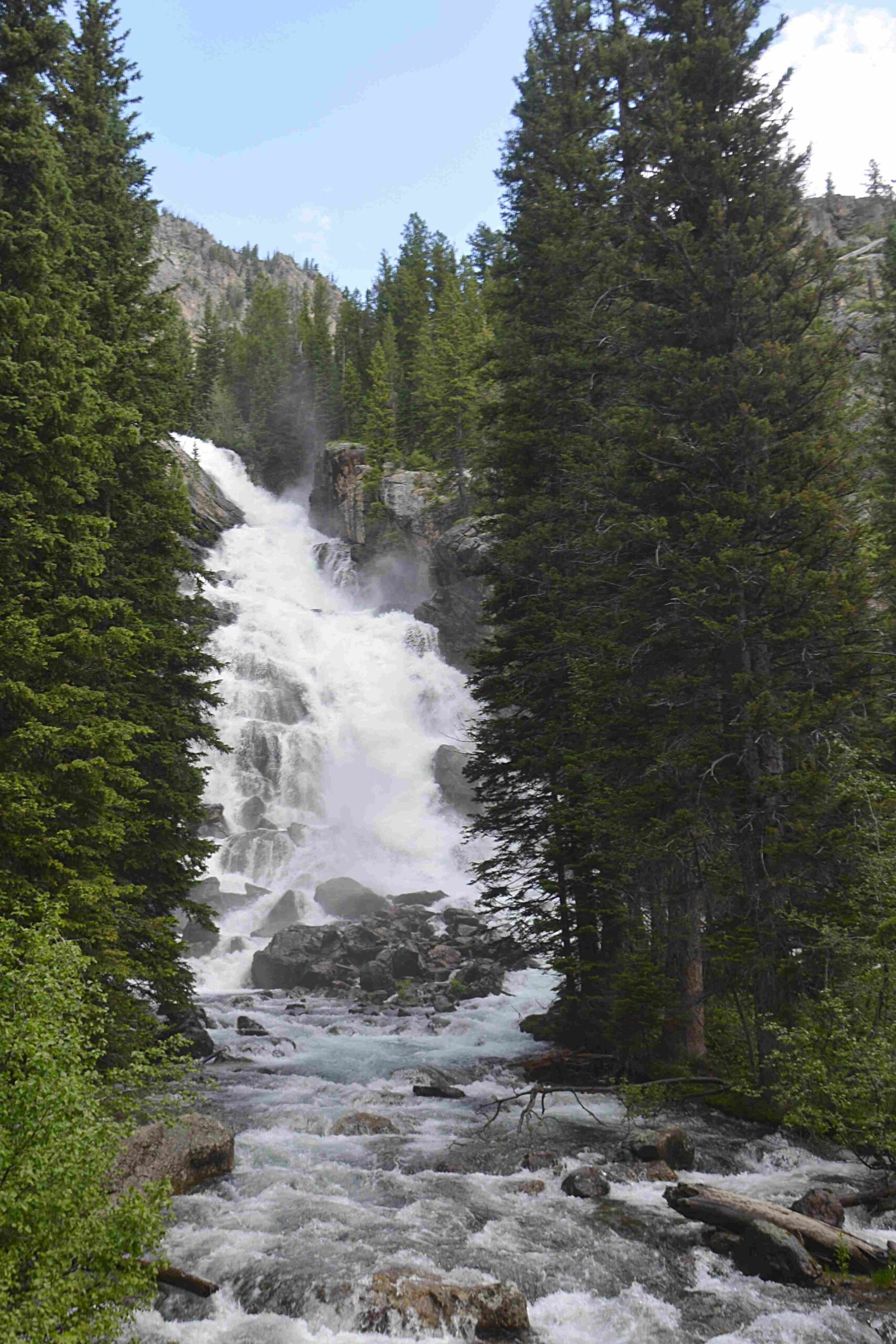Grand Teton National Park hosts a remarkable bear ecosystem where black and grizzly bears thrive across diverse landscapes. Spanning approximately 310,000 acres, this wilderness sanctuary offers unparalleled opportunities to observe bear behaviors, migration patterns, and seasonal activities through carefully managed wildlife viewing experiences that prioritize both human safety and animal conservation.
What Makes Grand Teton a Bear Haven?

Geographic Advantages for Bears
Grand Teton National Park provides an exceptional habitat for bears due to several unique geographical features:
| Feature | Bear Benefit |
|---|---|
| Diverse Terrain | Multiple food sources |
| Protected Ecosystem | Minimal human interference |
| Abundant Water Sources | Consistent hydration |
| Rich Vegetation | Extensive foraging opportunities |
When Do Bears Become Most Active?
Spring Awakening
- Late April to early May: Bears emerge from hibernation
- Lower elevation areas become primary foraging zones
- Breeding behaviors become prominent
- Early morning and late evening offer best viewing opportunities
Autumn Hyperphagia
- Mid-August through early October: Bears enter intense feeding phase
- Massive food consumption to prepare for winter hibernation
- Berry-rich areas become critical feeding grounds
- Both black and grizzly bears maximize caloric intake
How Can Visitors Safely Observe Bears?

Recommended Viewing Strategies
- Maintain minimum 100-yard distance from bears
- Use binoculars or telephoto lenses
- Stay within designated viewing areas
- Carry bear spray
- Travel in groups of three or more
- Make consistent noise while hiking
Top Bear Viewing Locations
- Willow Flats
- Oxbow Bend
- Snake River Corridor
- Teton Park Road
- Moose-Wilson Road
What Safety Precautions Should Visitors Take?
Essential Bear Encounter Guidelines
- Never approach bears
- Store food securely
- Wear bear bells
- Learn proper bear spray deployment
- Understand bear behavior signals
Emergency Response Protocol
- Remain calm
- Slowly back away
- Do not run
- Identify bear species
- Follow specific species-based response techniques
What Bear Species Inhabit Grand Teton?
Black Bears
- Smaller body size
- More tree-climbing abilities
- Generally less aggressive
- Primarily forest and woodland inhabitants
Grizzly Bears
- Larger body mass
- Distinctive shoulder hump
- More territorial behavior
- Open terrain and meadow preferences
How Many Bears Live in the Park?
Population Estimates
- Approximately 50-60 grizzly bears
- Roughly 200-250 black bears
- Population fluctuates seasonally
- Continuous monitoring by park rangers
What Research Supports Bear Conservation?
Ongoing Scientific Studies
- Tracking migration patterns
- Genetic diversity assessments
- Habitat usage documentation
- Human-wildlife interaction analysis
Visitor Preparation Checklist
Before Your Trip
- Review bear safety guidelines
- Pack appropriate wildlife viewing gear
- Check current park conditions
- Register hiking plans
- Attend ranger wildlife orientation
Recommended Equipment
- Bear spray
- Binoculars
- Long-range camera
- Protective clothing
- First aid kit
Seasonal Bear Activity Timeline
| Month | Bear Activity Level | Primary Behaviors |
|---|---|---|
| April | Low | Hibernation exit |
| May | Moderate | Foraging, breeding |
| June | High | Territory establishment |
| July | Very High | Feeding, cub rearing |
| August | Peak | Hyperphagia begins |
| September | High | Intense feeding |
| October | Declining | Preparing for hibernation |
Conservation Message
Bears represent critical ecosystem indicators. Responsible wildlife viewing ensures their continued survival and park ecosystem balance.
Reference:
– National Park Service – Grand Teton
– Wyoming Wildlife Consultants
– Bear Research Center

